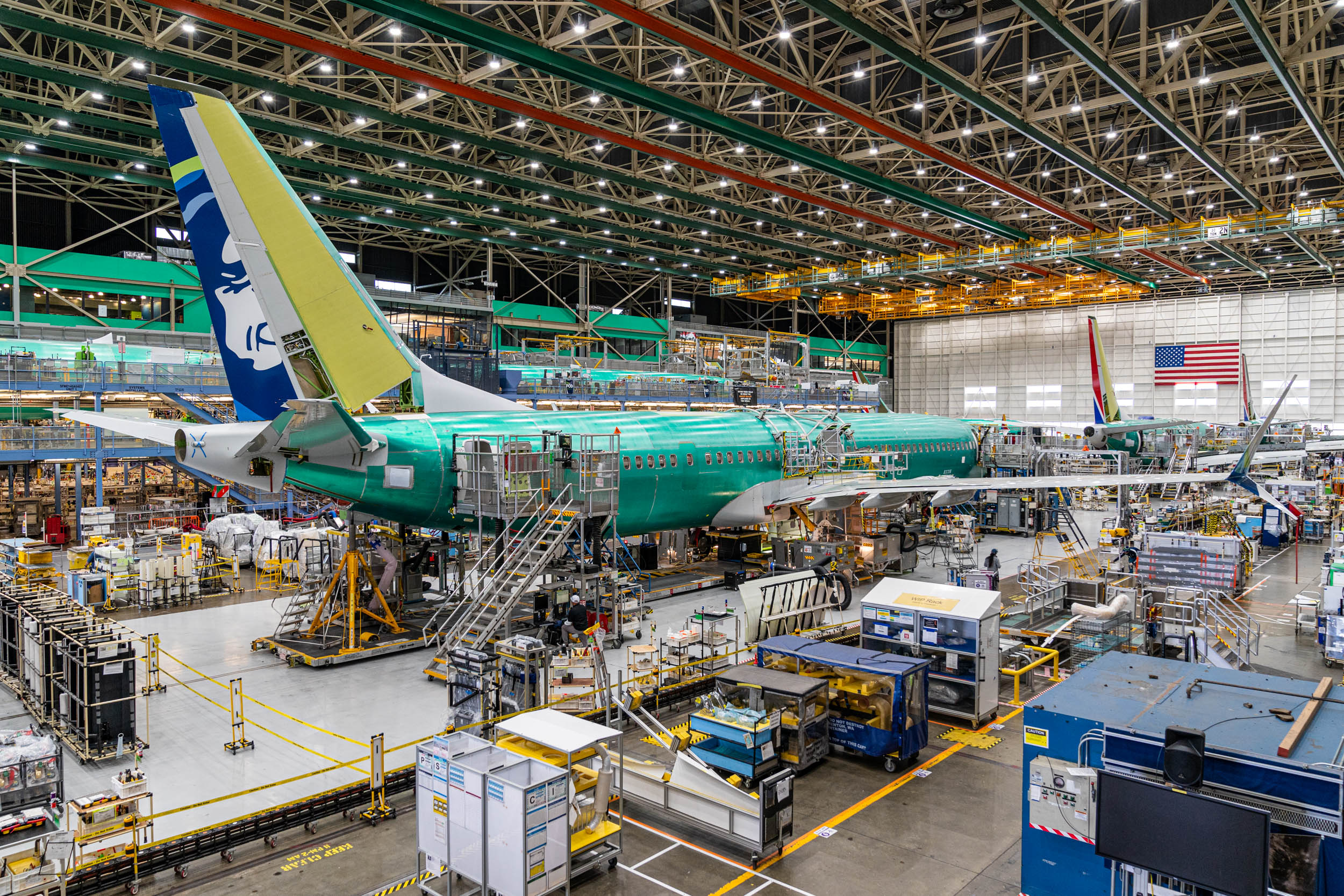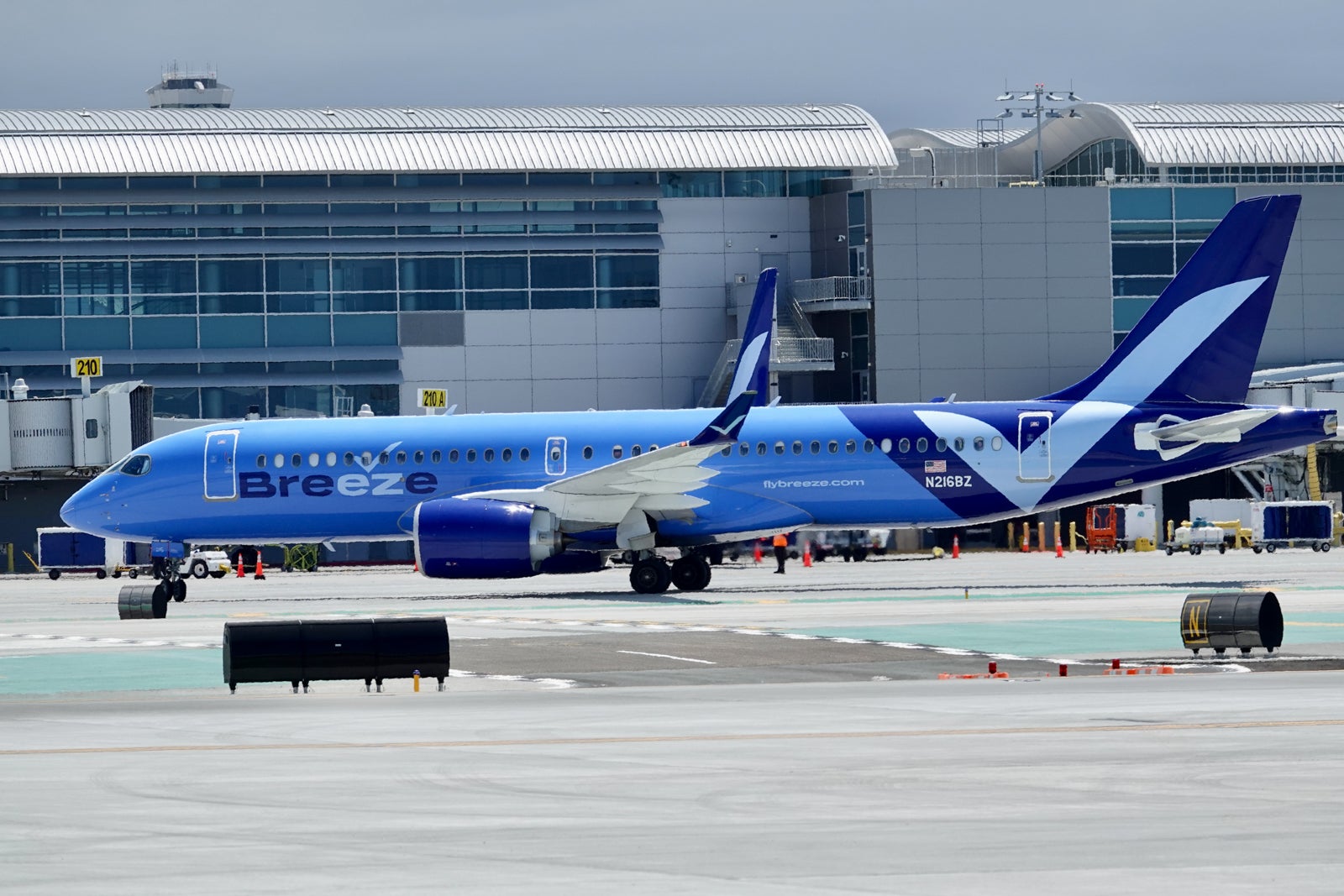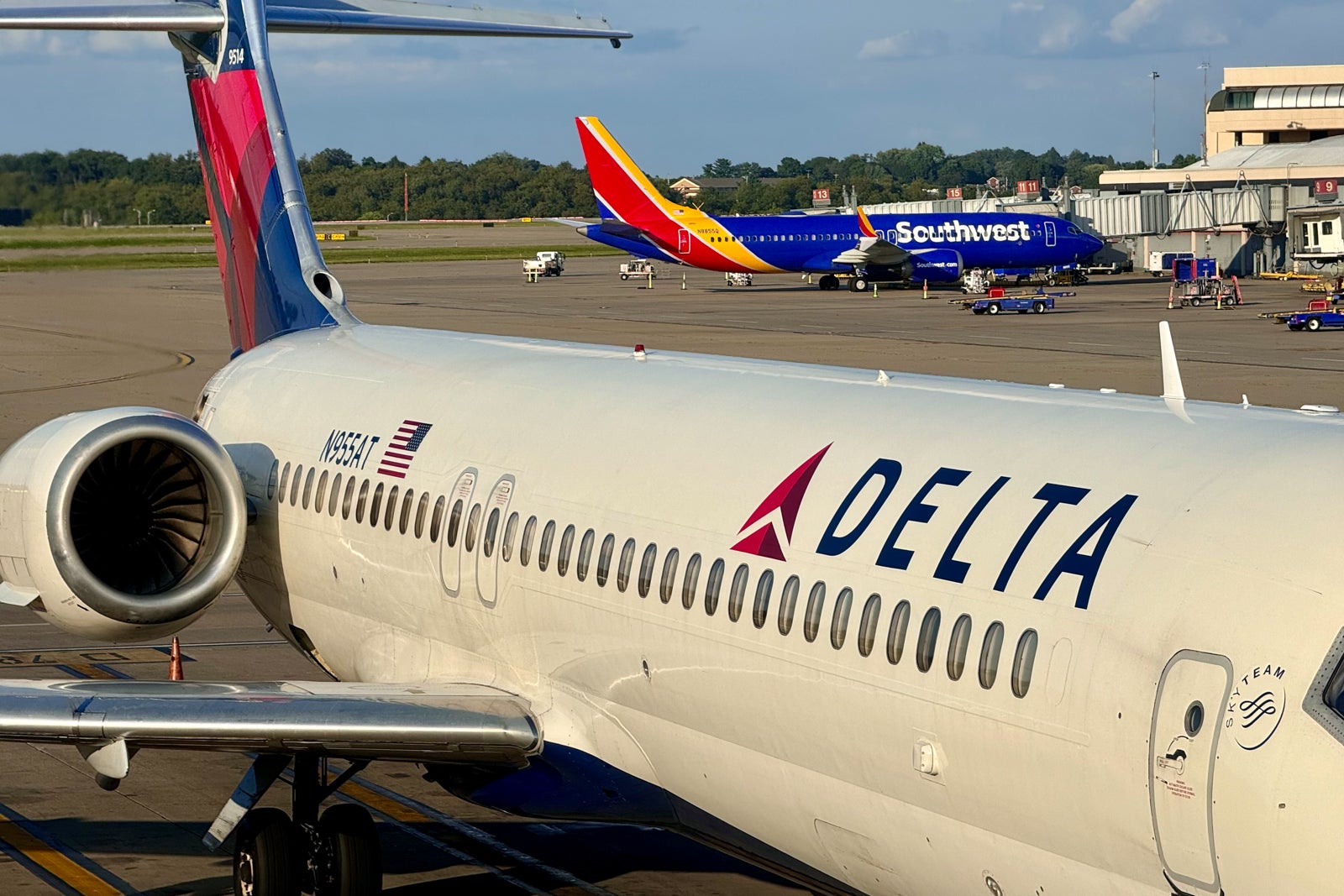FAA to probe Boeing over quality control after latest MAX accident
The Federal Aviation Administration said Thursday that it has launched a formal investigation Boeing’s quality control processes.
The probe comes following last week’s accident aboard an Alaska Airlines 737 MAX 9 aircraft departing Portland, Oregon. The left door plug on the jet — which seals part of the fuselage where an emergency exit is sometimes installed on certain variations of the plane — tore free as the aircraft climbed through 16,000 feet, causing the cabin to rapidly depressurize. The seats next to the plug happened to be empty, and no one was seriously injured.
Want more airline-specific news? Sign up for TPG’s free biweekly Aviation newsletter.
The FAA on Saturday ordered all 737 MAX 9s with the window plug grounded pending inspection. Both Alaska and United Airlines, the other MAX 9 operator in the U.S., both said that they found some aircraft with installation defects, including loose bolts.
“This incident should have never happened and it cannot happen again,” the FAA said in a statement. “Boeing’s manufacturing practices need to comply with the high safety standards they’re legally accountable to meet.”
In a letter informing Boeing of the probe, FAA officials said the investigation was into Boeing’s compliance with federal regulations. These regulations mandate aircraft manufacturers to ensure that every plane they build “conforms to its approved design and is in a condition for safe operation.”
The full letter can be read below.
“We will cooperate fully and transparently with the FAA and the NTSB on their investigations,” Boeing said in a statement.
The National Transportation Safety Board is investigating why the door plug came off the jet and whether the safety bolts that hold it in place were damaged, missing or installed correctly.

Daily Newsletter
Reward your inbox with the TPG Daily newsletter
Join over 700,000 readers for breaking news, in-depth guides and exclusive deals from TPG’s experts
The 737 MAX 9 features a spot for an extra emergency exit, which is required on models of the aircraft with certain higher-density seating configurations. Airlines that put fewer seats on the aircraft, such as United and Alaska, can choose to install a “plug” in its place instead.
The plug is installed by Spirit AeroSystems, which manufactures the fuselage for Boeing’s 737 MAX aircraft in Witchita, Kansas, and ships the completed bodies to Boeing’s Renton, Washington, factory for final assembly. The plugs are effectively secured by just four bolts, along with other hardware, the NTSB said.
Alaska Airlines operates 65 of the MAX 9 aircraft, while United’s fleet includes 79 of the type. About 171 aircraft are affected by the FAA’s inspection order, the agency said, while a total of 215 have been delivered to airlines globally, according to data from Cirium.
The findings harkened back to the nearly two-year global grounding of the 737 MAX type, which was implemented in April 2019 following the second of two fatal crashes involving the relatively new aircraft type.







